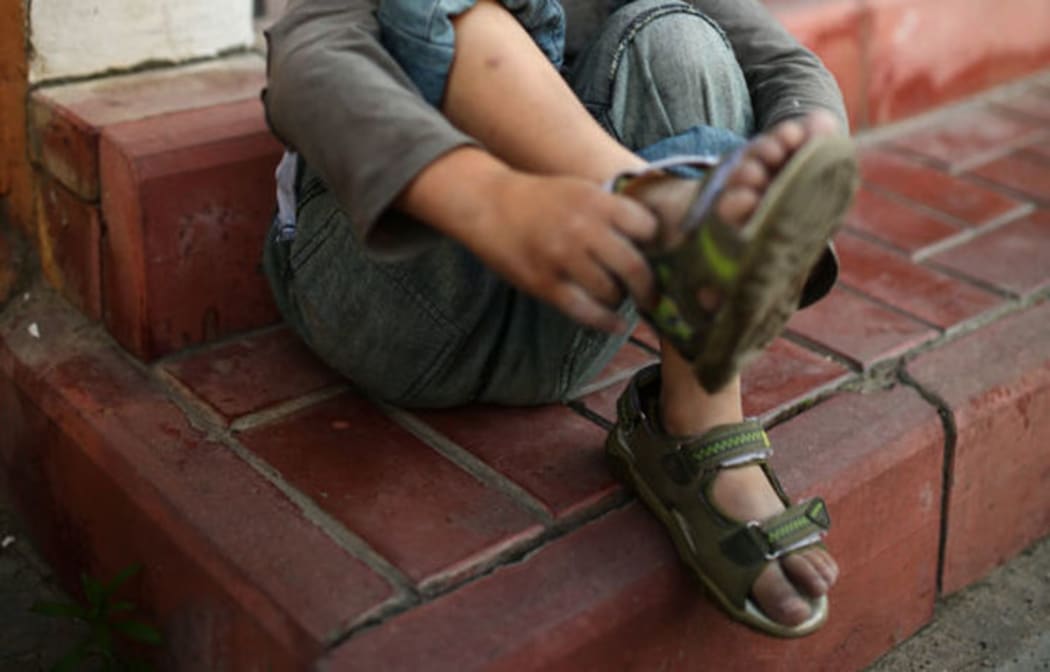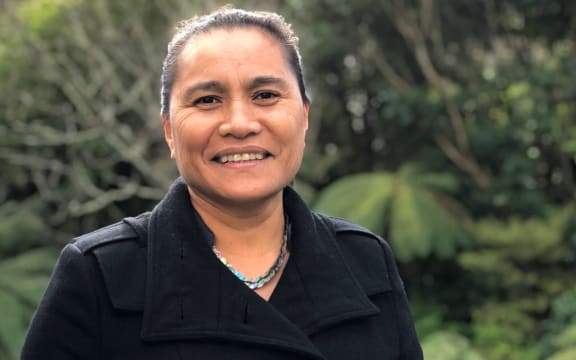Analysis - The latest child poverty figures are set to be released this morning - but they will not show the impact of the economic fallout from Covid-19 on struggling families.

Photo: 123.rf
The numbers for the year to June come from Stats NZ's household economic survey - which had to stop collecting information when the country went into lockdown last March.
Even if progress was being made to reduce child poverty at that point, the government's already been warned it could be undone by the pandemic.
When Jacinda Ardern came to power in 2017, she made lifting thousands of children out of poverty one of the key priorities of her prime ministership.
Child poverty reduction targets were set in law and initiatives including the Families Package, the Winter Energy Payment and the Best Start payment were rolled out, along with some changes to the welfare system and the minimum wage.
Figures for the year ended June 2019, showed some improvement in child poverty rates across seven of the nine measures - though Stats NZ said it was not statistically significant.
Despite that, prior to the pandemic, the government looked on track to hit its three and 10-year targets.
But last week's Salvation Army State of the Nation report issued a warning: Covid-19 will exacerbate what it calls unacceptable levels poverty and inequality.

Ronji Tanielu. Photo: Supplied / Ronji Tanielu
Policy analyst Ronji Tanielu said things are not getting any better for many whānau.
"On the ground, in reality, we just don't see things progressing.
"It's good we have some measurements, it's good we have some reports but in all of the figures that we monitor, whether it's housing, or food parcels or even in terms of violence against children, the picture is still pretty bleak for our children, especially for our Māori and Pacific children."
In a post-election briefing to Jacinda Ardern, as Child Poverty Reduction Minister, officials said the economic downturn is likely to plunge more families into hardship.
That would mean child poverty worsening across the various measures, with material hardship rates in particular expected to 'rise strongly'.
But that will not be evident until the next set of figures are released in 2022.
Child Poverty Action Group spokesperson Janet McAllister said those figures are likely to paint a grim picture for those who are struggling.
"We're seriously worried about a deepening of the effects of poverty, further imposed on those families and whānau who can least afford it.
"That won't be captured by the stats being released today."
Tanielu wants the government to consider releasing an interim report, which would provide a more up-to-date snapshot of the impact of Covid-19 on child poverty.
"We need better reporting and hopefully that's going to come but the wider picture says things aren't improving."
What the statistics will show, however, is the full impact of the government's 2018 families package, which McAllister said is useful.
"It's always good to know what has happened, even if it's two years ago, it will show the impact of the families package and how far that reached.
"It will show whether or not such government policy has an effect on income poverty and material hardship."

Karanina Sumeo. Photo: Supplied
Equal Employment Opportunities Commissioner and Variety children's charity board member Karanina Sumeo said the government must do more to help families living in poverty.
"We can invest billions of dollars in rescuing companies, and yet here are our child poverty figures, over 200,000 children [on some measures] living in poverty.
"There's no reason for that to continue and we can make a decision as a government, as a people, to address that right now."
The prime minister said she will be looking closely at the data and what it shows about the progress that had been made over the last two years.
"That will give us a good sense as well of what policies are making a difference. What I expect is a message that says, keep going, there's more to do," Ardern said.
The government's response to Covid-19 - increasing benefits and doubling the winter energy payment, as well as the changes already made to the welfare system - will have helped those families hit hard by the pandemic, Ardern said.
"But we do have an obligation I think to keep looking at the adequacy of benefits in New Zealand, that's what the [Welfare Expert Advisory Group] asked us to do and we've always said, we have more work to do there."
The government will find out whether its met its three-year child poverty reduction targets in figures released next year.
The government's child poverty reduction targets
By 2020/21:
- Reduce the number of children living in poverty, before housing costs, from 16 percent (2017/18) to 10 percent
- Reduce the number of children living in poverty, after housing costs, from 23 percent to 19 percent
- Reduce material hardship from 13 percent down to 10 percent
By 2027/28:
- Reduce the number of children living in poverty, before housing costs, from 16 percent (2017/18) to 5 percent
- Reduce the number of children living in poverty, after housing costs, from 23 percent to 10 percent
- Reduce material hardship from 13 percent down to 6 percent





